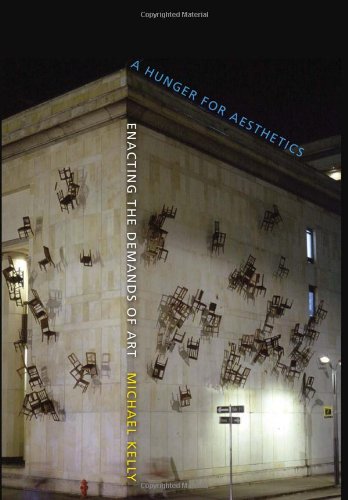

Most ebook files are in PDF format, so you can easily read them using various software such as Foxit Reader or directly on the Google Chrome browser.
Some ebook files are released by publishers in other formats such as .awz, .mobi, .epub, .fb2, etc. You may need to install specific software to read these formats on mobile/PC, such as Calibre.
Please read the tutorial at this link: https://ebookbell.com/faq
We offer FREE conversion to the popular formats you request; however, this may take some time. Therefore, right after payment, please email us, and we will try to provide the service as quickly as possible.
For some exceptional file formats or broken links (if any), please refrain from opening any disputes. Instead, email us first, and we will try to assist within a maximum of 6 hours.
EbookBell Team

5.0
38 reviewsFor decades, aesthetics has been subjected to a variety of critiques, often concerning its treatment of beauty or the autonomy of art. Collectively, these complaints have generated an anti-aesthetic stance prevalent in the contemporary art world. Yet if we examine the motivations for these critiques, Michael Kelly argues, we find theorists and artists hungering for a new kind of aesthetics, one better calibrated to contemporary art and its moral and political demands.
Following an analysis of the work of Stanley Cavell, Arthur Danto, Umberto Eco, Susan Sontag, and other philosophers of the 1960s who made aesthetics more responsive to contemporary art, Kelly considers Sontag's aesthetics in greater detail. In On Photography (1977), she argues that a photograph of a person who is suffering only aestheticizes the suffering for the viewer's pleasure, yet she insists in Regarding the Pain of Others (2003) that such a photograph can have a sustainable moral-political effect precisely because of its aesthetics. Kelly considers this dramatic change to be symptomatic of a cultural shift in our understanding of aesthetics, ethics, and politics. He discusses these issues in connection with Gerhard Richter's and Doris Salcedo's art, chosen because it is often identified with the anti-aesthetic, even though it is clearly aesthetic. Focusing first on Richter's Baader-Meinhof series, Kelly concludes with Salcedo's enactments of suffering caused by social injustice. Throughout A Hunger for Aesthetics, he reveals the place of critique in contemporary art, which, if we understand aesthetics as critique, confirms that it is integral to art. Meeting the demand for aesthetics voiced by many who participate in art, Kelly advocates for a critical aesthetics that confirms the limitless power of art.